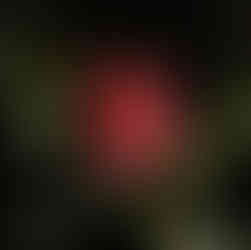Wagashi - Japanese sweets
- tanjaschneider96
- Dec 8, 2022
- 2 min read
If there's one thing Japan is good at, it's making delicious and beautiful sweets! And not just sugar candies, but almost too natural looking, not too sweet, marzipan-like nibbles. A dough made of rice flour, white bean paste, sugar, and water is the framework and is filled with Anko (red bean paste) or fruit as desired.
For me, learning the tea ceremony, Wagashi is an irresistible snack.
At school, we had the chance to make these delicacies ourselves. I was surprised that it was easier than I thought. Dough and filling were provided, and we were allowed to make our own Tsubaki Wagashi under supervision.
Now in case some are wondering what Tsubaki is and what Wagashi is, here is the explanation:
Wagashi (和菓子) is made up of the kanji (characters) for Wa (和) - harmony, Japanese style, peace, Japan, Ga (菓) - sweet, fruit, cake, and Shi (子) - child. The word is used as a general term for traditional Japanese sweets.
The second term, Tsubaki (椿), is camellias, which bloom in winter in Japan.
Seasons play a crucial role in the lives of the Japanese. This is reflected in the food, festivities, and language.
Accordingly, in spring, you will find Wagashi that resemble cherry blossoms or sprouts. In summer, there are rivers, waves, goldfish, and fireworks. In autumn, maple leaves or acorns, and in winter, snow-inspired candies or flowers bloom at this time of year.
Commonly, wagashi are served at the tea ceremony. In the meantime, however, they have also found their place as a typical dessert in everyday life.
The miniature taster course hooked me, and I will ensure that there are also handmade Japanese sweets in my ryokan and, of course, served with a cup of green tea.















Comments